It’s OK If You Forget to Water These Forgiving Houseplants
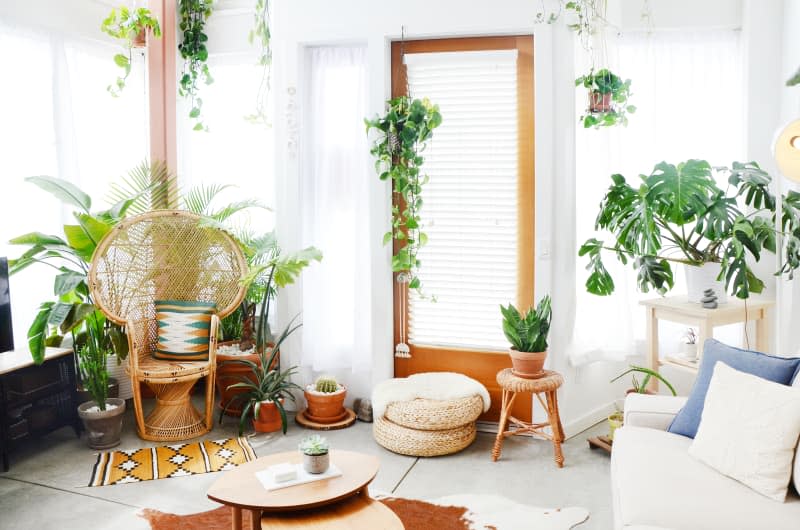
Have you caught the houseplant bug? No, not houseplant bugs — sorry for the nightmare fuel! I’m talking about the craving to fill every sunny corner of your home with something leafy and green. If you’ve fallen victim, as I have, you know that it’s a challenge to walk into any place that sells plants — a florist, home improvement store, or even an estate sale — and not walk out with a new green (or not green!) beauty to add to a collection without giving much thought to how to care for it.
Thankfully, I’ve managed to keep my stash alive, but to be completely honest, plant care moves to the bottom of my to-do list when my schedule gets full. My forgetting to water can cause the soil to dry out, which isn’t always great for plants. If that sounds relatable, there’s good news: There are plants out there that can tolerate less-than-ideal watering conditions, which is perfect for busy folks like me — and you! Here, experts weigh in on the eight best drought-tolerant plants for anyone who forgets to water.
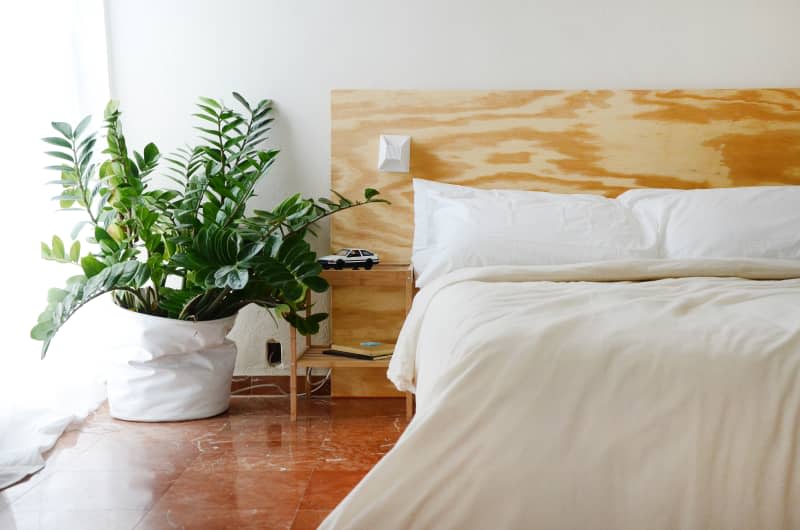
ZZ Plant
The Zamioculas zamifolia — called ZZ plant for short — is an easy-to-care-for plant that holds moisture to help deal with infrequent watering. “It can tolerate drought between watering because of its large rhizomes, which store water,” says Shane Pliska, the president of Planterra.
The characteristic waxy, deep green leaves and upright stems make the ZZ a beautiful addition to any plant collection. ZZs can also handle lower light conditions, and the amount they receive determines their required hydration. “If the plant is in an area that has lower light, it will also tolerate less frequent watering,” says Pliska, making this plant a low-maintenance double-win.
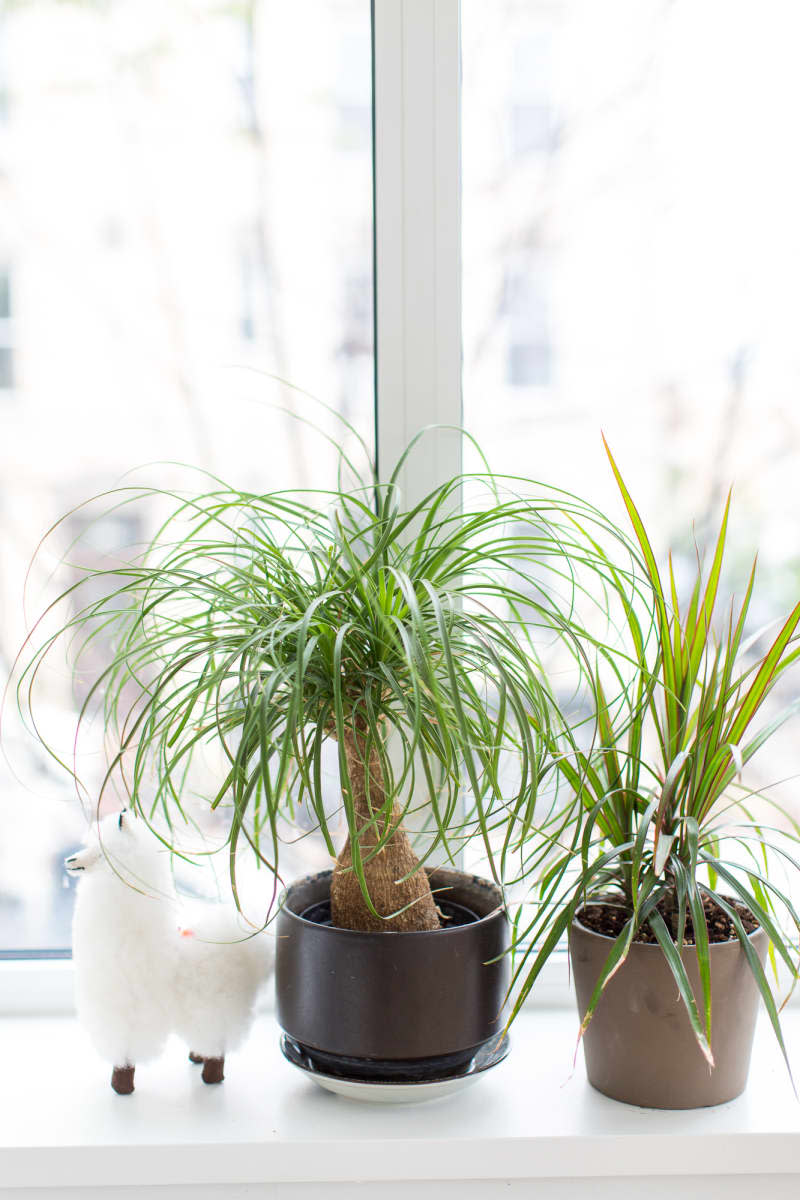
Ponytail Palm
One of the most drought-resistant plants available, the ponytail palm (Beaucarnea recurvata) isn’t a true palm. It is more closely related to desert plants, such as yucca and agave, and bears a cascade of long, thin leaves.
“Because it stores water in its thick, bulbous trunk, the ponytail palm can survive extended periods with no water, making it an ideal option for those who travel often or sometimes forget to water,” advises Karen Musgrave from Hicks Nurseries. These slow-growing plants require sandy soil and lots of light, so make sure to set them up in a sunny area. One extra bonus to these plants is that they’re non-toxic to pets.
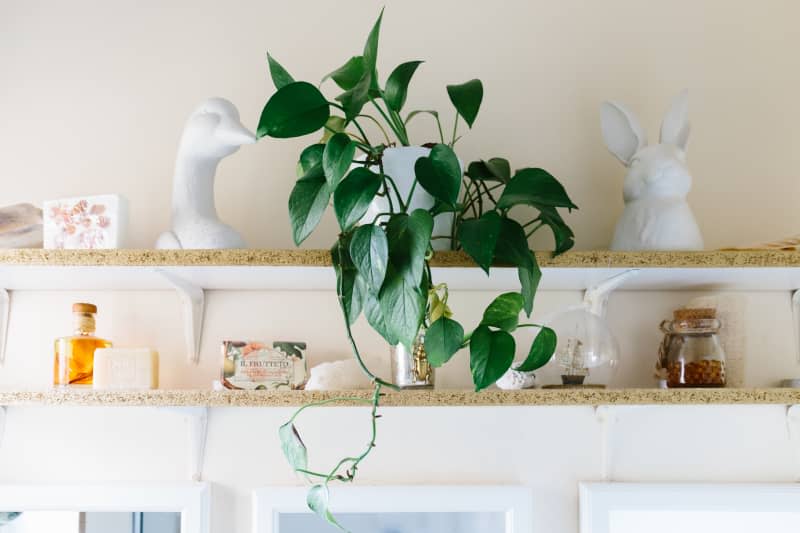
Pothos
One of the most popular houseplants, the pothos (Epipremnum aureum), enjoys lower-light conditions and infrequent watering. According to Kristina Cocke, who owns Plantiful Plant Care, pothos like to be watered every seven to 10 days in the colder months and every four to seven days during the growing season. However, they can tolerate more time between waterings as long as they’re in the proper soil. “Plant your pothos in a regular soil mix with coco coir and soil conditioner to create a lovely nutrient-dense and well-draining mix,” says Cocke. The blend will help pothos better weather any periods when you forget to water.
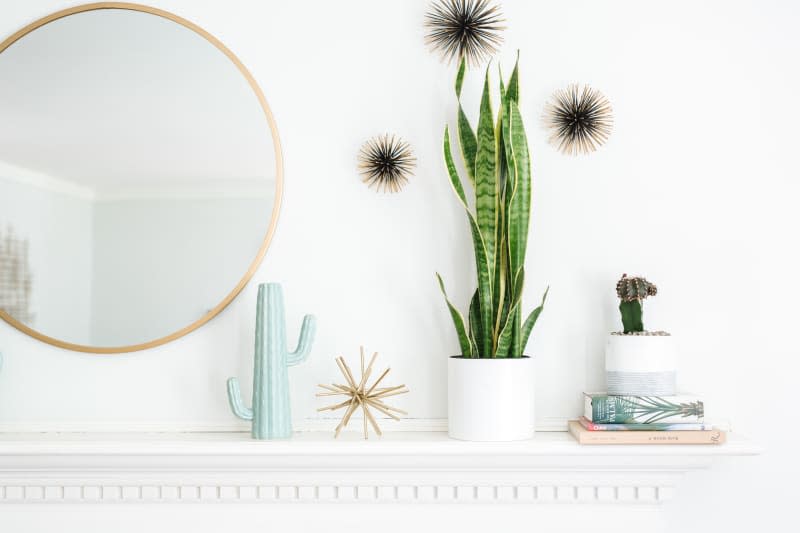
Snake Plant
Another plant collection staple, the snake plant (Sansevieria) is also very forgiving, making it perfect for those who like low-maintenance greens. Pliska says they are tolerant and can go weeks or months between waterings. Those aren’t necessarily ideal conditions, but they are survivable for this tough houseplant.
There are more snake plant varieties than you might expect, including black and gold striped ones and dwarf varieties in dusty sage tones. Their tall, spiky shape makes them a great fit for large floor planters.
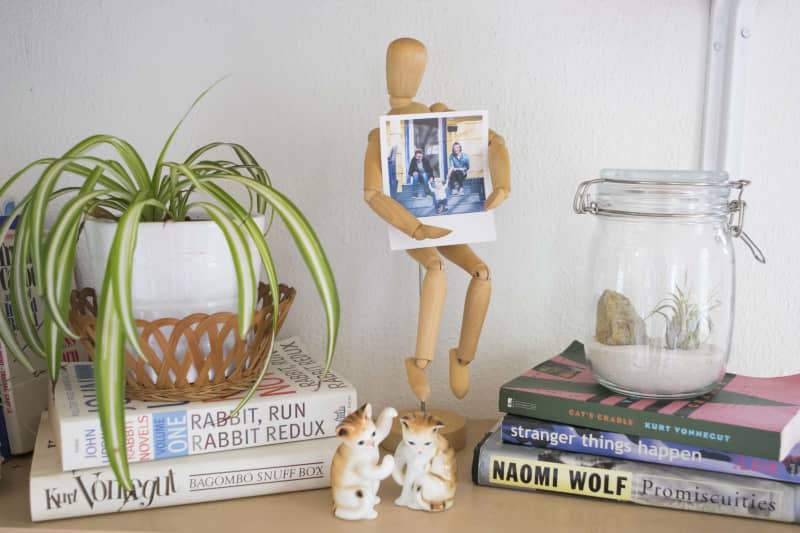
Spider Plant
Spider plants (Chlorophytum comosum) can easily propagate as tiny plants sprout on their long stems. Although they can survive dry spells and low to medium light settings, these plants will continue to spread and grow in almost any condition. One thing you need to pay attention to, though, is the pot. “If you choose terra cotta, check soil moisture levels more frequently to prevent the leaves from crisping up on the ends,” says Cocke. Because terra cotta is porous, water can escape easily, meaning you’ll have to water the plant more frequently.
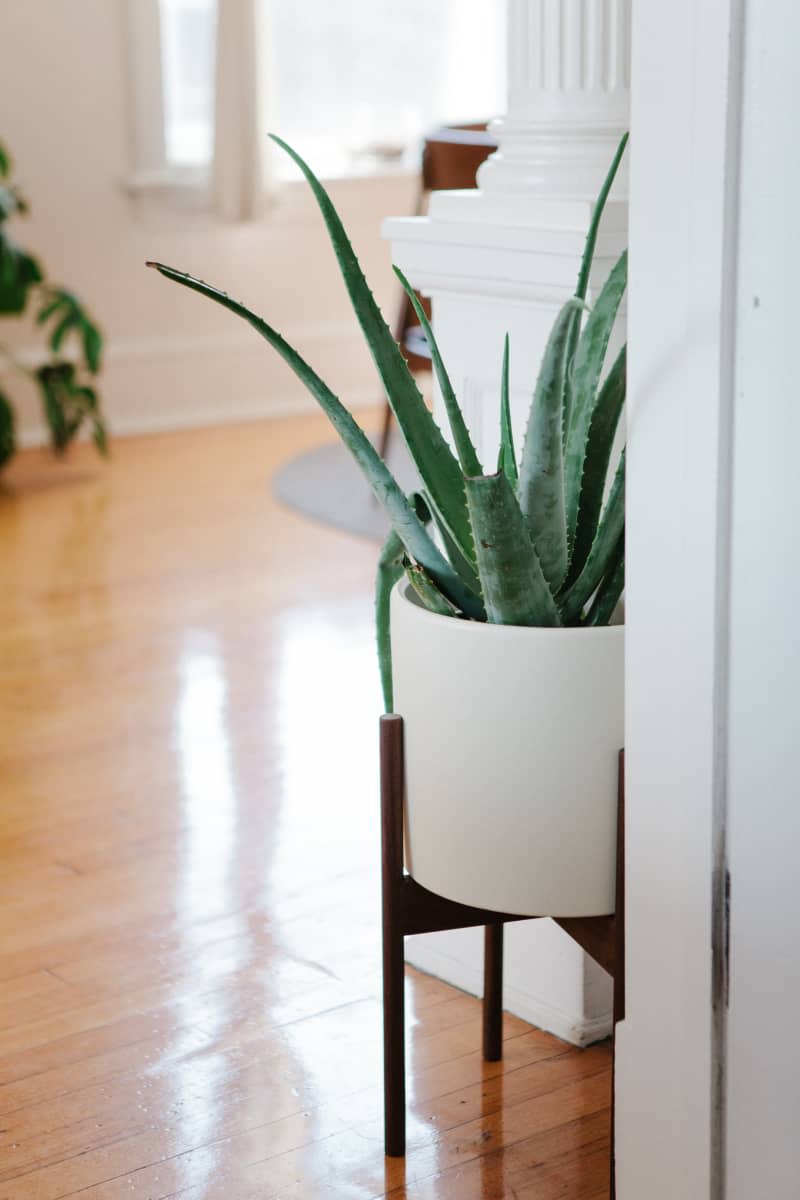
Aloe Vera
Succulent plants as a whole can tolerate low-water conditions, and aloe vera (Aloe barbadensis) is their ultimate champion, says Bart Nanka, a plant expert at Mudbrick Herb Cottage. “It’s easy to care for and can tolerate low light and infrequent watering,” he adds.
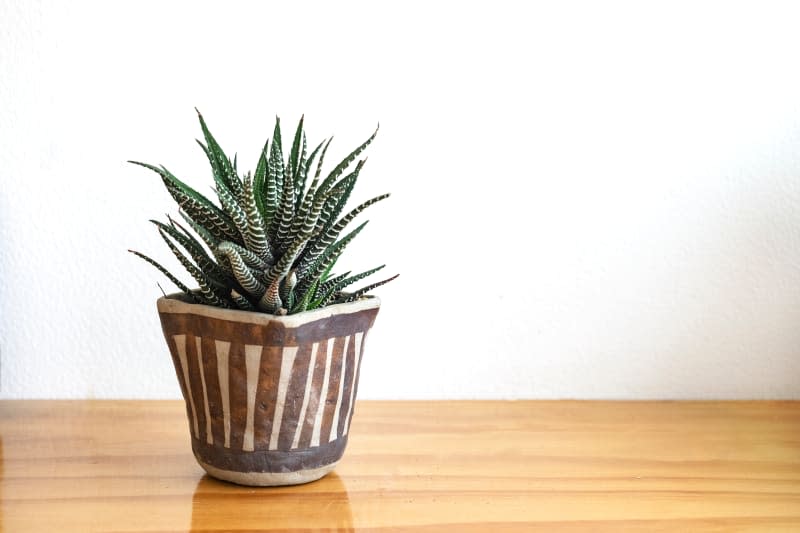
Haworthia
If you’re a beginner plant parent, Cocke suggests that purchasing a haworthia (Haworthiopsis attenuata) is an ideal place to start. The thick, fleshy haworthia leaves hold onto water, meaning they need infrequent watering, and their diminutive size means they can fit in tight spaces.
“Haworthia are small and perfect for windowsills, as they need bright indirect light with little watering,” says Cocke. She recommends watering your haworthia every 14 to 21 days and keeping it in the original substrate. Most nurseries and garden centers sell the plant in damp moss, which holds moisture well.

